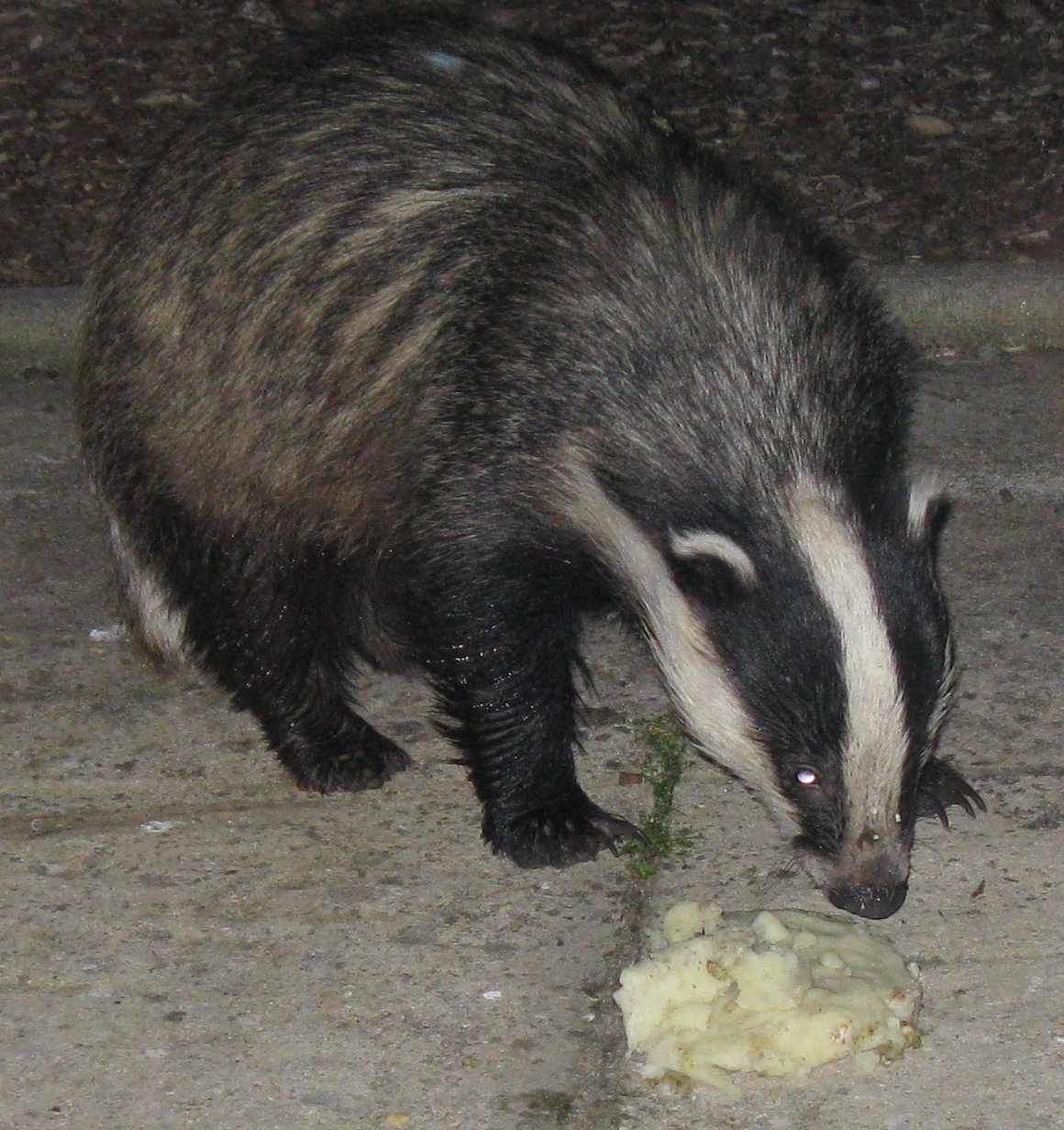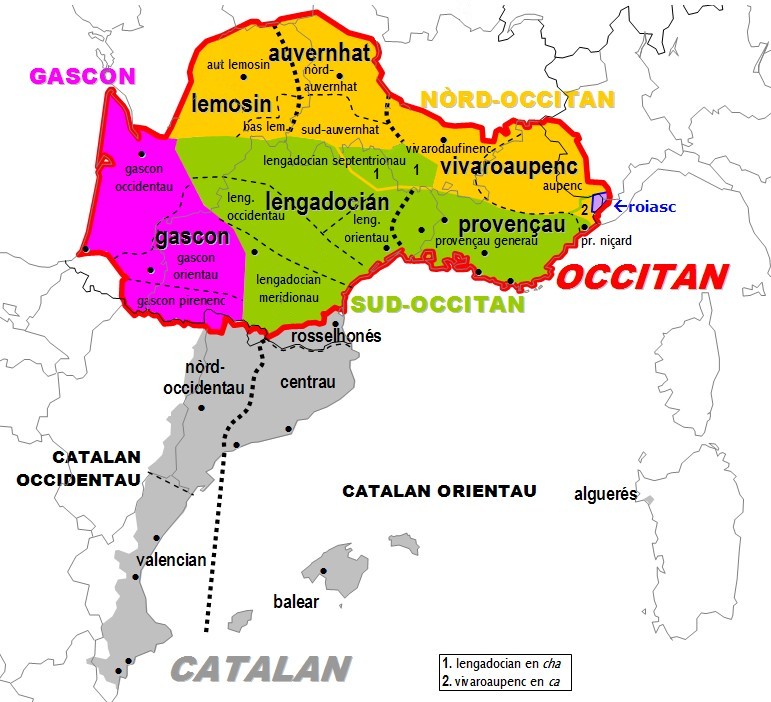|
Teyssode
Teyssode (; Languedocien: ''Teissòde'') is a commune in the Tarn department in southern France. Geography Localisation Teyssode is located south-east of Lavaur, the main town nearby. Neighbouring communes Toponymy The name of Teyssode is of gallo-romance origin, from the word ''taxo'' meaning badger.Teyssode on the website of the Intercommunality of the Pays d'Agout History Teyssode is located on a formerRoman
Roman or Romans most often refers to:
*Rome, the capital city of Italy
*Ancient Rome, Roman civilization from 8th century BC to 5th century AD
*Roman people, the people of ancient Rome
*''Epistle to the Romans'', shortened to ''Romans'', a letter ...
[...More Info...] [...Related Items...] OR: [Wikipedia] [Google] [Baidu] |
Communes Of The Tarn Department
The following is a list of the 314 communes of the Tarn department of France. The communes cooperate in the following intercommunalities (as of 2020):BANATIC Périmètre des EPCI à fiscalité propre. Accessed 3 July 2020. * * * |
Prades, Tarn
Prades (; , meaning ''prairies'') is a commune in the Tarn department in southern France France (), officially the French Republic ( ), is a country primarily located in Western Europe. It also comprises of Overseas France, overseas regions and territories in the Americas and the Atlantic Ocean, Atlantic, Pacific Ocean, Pac .... See also * Communes of the Tarn department References Communes of Tarn (department) {{Tarn-geo-stub ... [...More Info...] [...Related Items...] OR: [Wikipedia] [Google] [Baidu] |
Oppidum
An ''oppidum'' (plural ''oppida'') is a large fortified Iron Age settlement or town. ''Oppida'' are primarily associated with the Celtic late La Tène culture, emerging during the 2nd and 1st centuries BC, spread across Europe, stretching from Britain and Iberia in the west to the edge of the Hungarian plain in the east. These settlements continued to be used until the Romans conquered Southern and Western Europe. Many subsequently became Roman-era towns and cities, whilst others were abandoned. In regions north of the rivers Danube and Rhine, such as most of Germania, where the populations remained independent from Rome, ''oppida'' continued to be used into the 1st century AD. Definition is a Latin word meaning 'defended (fortified) administrative centre or town', originally used in reference to non-Roman towns as well as provincial towns under Roman control. The word is derived from the earlier Latin , 'enclosed space', possibly from the Proto-Indo-European , 'occupi ... [...More Info...] [...Related Items...] OR: [Wikipedia] [Google] [Baidu] |
Ancient Rome
In modern historiography, ancient Rome refers to Roman civilisation from the founding of the city of Rome in the 8th century BC to the collapse of the Western Roman Empire in the 5th century AD. It encompasses the Roman Kingdom (753–509 BC), Roman Republic (509–27 BC) and Roman Empire (27 BC–476 AD) until the fall of the western empire. Ancient Rome began as an Italic settlement, traditionally dated to 753 BC, beside the River Tiber in the Italian Peninsula. The settlement grew into the city and polity of Rome, and came to control its neighbours through a combination of treaties and military strength. It eventually dominated the Italian Peninsula, assimilated the Greek culture of southern Italy ( Magna Grecia) and the Etruscan culture and acquired an Empire that took in much of Europe and the lands and peoples surrounding the Mediterranean Sea. It was among the largest empires in the ancient world, with an estimated 50 to 90 million inhabitants, roughly 20% of t ... [...More Info...] [...Related Items...] OR: [Wikipedia] [Google] [Baidu] |
European Badger
The European badger (''Meles meles''), also known as the Eurasian badger, is a badger species in the family Mustelidae native to almost all of Europe. It is classified as least concern on the IUCN Red List as it has a wide range and a large stable population size, and is thought to be increasing in some regions. Several subspecies are recognized with the nominate subspecies (''M. m. meles'') predominating in most of Europe. In Europe, where no other badger species commonly occurs, it is generally just called the "badger". The European badger is a powerfully built, black, white, brown, and grey animal with a small head, a stocky body, small, black eyes, and short tail. Its weight varies, being 7–13 kg (15–29 lb) in spring, but building up to 15–17 kg (33–37 lb) in autumn before the winter sleep period. It is nocturnal and is a social, burrowing animal that sleeps during the day in one of several setts in its territorial range. These burrows have multipl ... [...More Info...] [...Related Items...] OR: [Wikipedia] [Google] [Baidu] |
Gallo-Romance Languages
The Gallo-Romance branch of the Romance languages includes in the narrowest sense the Langues d'oïl and Franco-Provençal. However, other definitions are far broader, variously encompassing the Occitano-Romance, Gallo-Italic, and Rhaeto-Romance languages. Old Gallo-Romance was one of the two languages in which the Oaths of Strasbourg were written in 842 AD. Classification The Gallo-Romance group includes: * The Oïl languages. These include French, Orleanais, Gallo, Angevin, Tourangeau, Saintongeais, Poitevin, Bourguignon, Picard, Walloon, Lorrain and Norman. * Franco-Provençal, of east-central France, western Switzerland, and Aosta Valley region of northwestern Italy. Formerly thought of as a dialect of either Oïl or Occitan, it is linguistically a language on its own, or rather a separate group of languages, as many of its dialects have little mutual comprehensibility. It shares features of both French and Occitan. Other language families often included in Ga ... [...More Info...] [...Related Items...] OR: [Wikipedia] [Google] [Baidu] |
Pratviel
Pratviel (; oc, Pratvièlh) is a commune in the Tarn department and Occitanie region of southern France. The name of the settlement – ''Prat Vièlh'' in Occitan – means "old meadow". See also *Communes of the Tarn department The following is a list of the 314 communes of the Tarn department of France. The communes cooperate in the following intercommunalities (as of 2020):Communes of Tarn (department) {{Tarn-geo-stub ... [...More Info...] [...Related Items...] OR: [Wikipedia] [Google] [Baidu] |
Magrin
Magrin (; oc, Magrinh) is a commune in the Tarn department in southern France France (), officially the French Republic ( ), is a country primarily located in Western Europe. It also comprises of Overseas France, overseas regions and territories in the Americas and the Atlantic Ocean, Atlantic, Pacific Ocean, Pac .... See also * Communes of the Tarn department References Communes of Tarn (department) {{Tarn-geo-stub ... [...More Info...] [...Related Items...] OR: [Wikipedia] [Google] [Baidu] |
Communes Of France
The () is a level of administrative division in the French Republic. French are analogous to civil townships and incorporated municipalities in the United States and Canada, ' in Germany, ' in Italy, or ' in Spain. The United Kingdom's equivalent are civil parishes, although some areas, particularly urban areas, are unparished. are based on historical geographic communities or villages and are vested with significant powers to manage the populations and land of the geographic area covered. The are the fourth-level administrative divisions of France. vary widely in size and area, from large sprawling cities with millions of inhabitants like Paris, to small hamlets with only a handful of inhabitants. typically are based on pre-existing villages and facilitate local governance. All have names, but not all named geographic areas or groups of people residing together are ( or ), the difference residing in the lack of administrative powers. Except for the municipal arrondi ... [...More Info...] [...Related Items...] OR: [Wikipedia] [Google] [Baidu] |
Languedocien Dialect
Languedocien (French name, ), Languedocian or Lengadocian (), is an Occitan dialect spoken in rural parts of southern France such as Languedoc, Rouergue, Quercy, Agenais and Southern Périgord. It is sometimes also called Languedocien-Guyennais. Due to its central position among the dialects of Occitan, it is often used as a basis for a Standard Occitan. About 10% of the population of Languedoc are fluent in the language (about 300,000), and another 20% (600,000) "have some understanding" of the language. All speak French as their first or second language. Geographic distribution Languedocien is spoken in certain parts of three French regions. * Occitanie: Aveyron, Lot, Tarn, Tarn-et-Garonne except Lomagne, Ariège (except a western part), Haute-Garonne (except the districts of Saint-Gaudens and Muret), Aude, Hérault, Lozère, western and northern parts of Gard and Fenouillèdes. * Nouvelle-Aquitaine: south of the Dordogne, east of the Gironde, north-eastern two-thirds of L ... [...More Info...] [...Related Items...] OR: [Wikipedia] [Google] [Baidu] |
Damiatte
Damiatte (; oc, Damiata) is a commune in the Tarn department in southern France. See also *Communes of the Tarn department The following is a list of the 314 communes of the Tarn department of France. The communes cooperate in the following intercommunalities (as of 2020):Communes of Tarn (department) {{Tarn-geo-stub ... [...More Info...] [...Related Items...] OR: [Wikipedia] [Google] [Baidu] |




